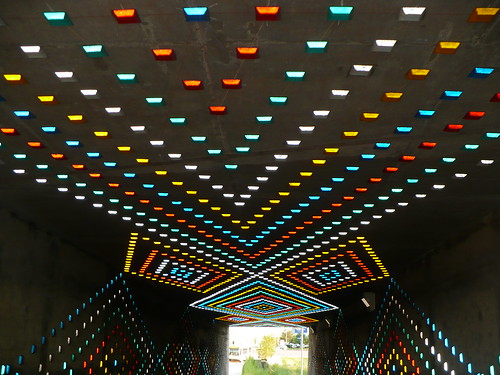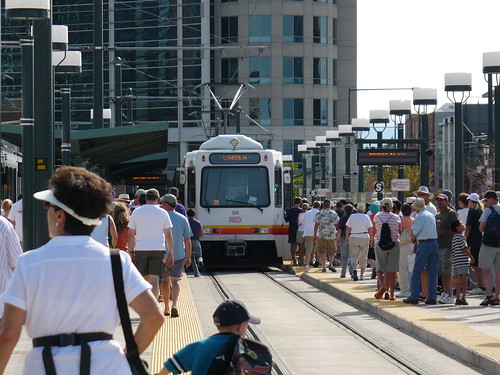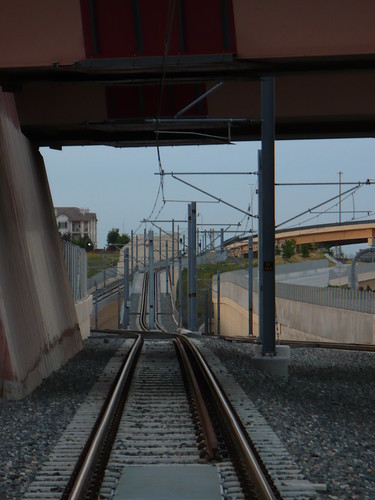
Recently the FTA has been playing more of a gatekeeper to transit projects.
Beyond DC posted that the FTA just works in DC, and Congress should be to blame. Well thats not really a good excuse. Sure Congress should provide more funding and being a penny pincher is great if you're cutting fat, but not if you're leaning up already lean transit projects. Personally the Tyson's tunnel rejection is the worst transit decision in this century. And making Minneapolis cut the Central Corridor project until its in pieces is ridiculous considering the DOT would fund any road project for the sake of congestion relief. And now the FTA is transferring all the
Small Starts money to New York City for their BRT projects, to a place that has a lot of transit and is about to generate a lot of money with congestion pricing.
An article in the
Washington Post lays it out:
The concessions show just how focused planners are on pleasing officials at the federal agency. The Purple Line is estimated to cost as much as $1.6 billion, an amount state officials say they can't afford without federal help.
Unlike federal highway funds, which states receive based on a formula and may spend as they wish, money for new transit projects is awarded at the discretion of the FTA. The agency doesn't have much to dole out. The FTA has proposed spending about $1.4 billion on new transit projects next fiscal year, compared with $42 billion that states will receive for highway maintenance and construction, according to federal figures. More than 100 transit projects across the country are expected to compete for federal money in coming years, according to a federal report.
Translation: States don't have to go through a cost effectiveness measure to justify spending on highway projects and should bend over backwards to make the FTA happy. Never bite the hand that feeds you right? In fact, a lot of this competition is what is causing problems for transit agencies around the county. In Charlotte, it took 10 years to build the line, a lot of which was the FTA process. Does no one think that there will be cost overruns? Money doesn't cost the same over a decade! If Charlotte loses its half cent tax, some of the blame lies at the feet of the FTA process.
FTA evaluations can take years, because it rates a project -- and grants permission for it to move forward -- at several different points, controlling it from preliminary engineering through construction. The process has grown so complicated and time-consuming that, across the country, many local officials have begun to forgo federal money if they can secure enough local or private funds to build a project, according to a recent U.S. Government Accountability Office report.
The article then goes into something I haven't talked about in a while, the Transit Space Race.
Meanwhile, competition for that money is increasing rapidly. Many booming areas -- including such traditional highway-loving cities as Phoenix, Denver and Houston -- are turning to transit to curb air pollution and control their car-dependent sprawl.
"The demand for transit has never been higher," Puentes said. "At the same time, the federal government substantially underfunds transit, so it's very competitive to get those funds."
Very competitive? Try knock down drag out fight. Cities such as Columbus Ohio can't even build a BRT line to the
FTA cost standards, and they are the
15th largest city in the United States. This alone means there is something very wrong with fixed guideway transit funding, yes give Congress hell, but don't give the FTA a pass for being the Gatekeeper. That's like saying, that Rove guy just lives in DC, George Bush is the only one to blame.
Update: Looking deeper into the Beyond DC blog, they make a lot of
good points. But this brings about my point that we still have to take the FTA rules to task. Congress can fix it, but it would help if these projects weren't looked at through the cost-effective TSUB lens as
advocated by the FTA.








